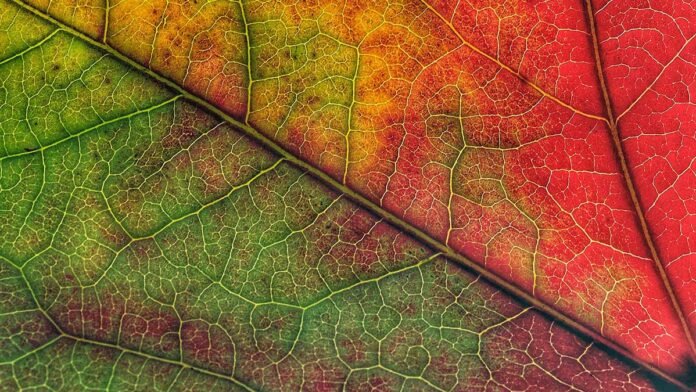Photosynthesis is the amazing process by which plants make their own food. It’s like a magical superpower that plants have! They use sunlight, carbon dioxide from the air, and water from the ground to create a special type of sugar called glucose.
Let’s break it down into simple steps:
Sunlight: Plants have a special pigment called chlorophyll, which helps them capture sunlight. Sunlight is like their energy source.
Carbon Dioxide: Plants take in carbon dioxide from the air through tiny openings on their leaves called stomata. It’s like their food ingredient.
Water: Plants absorb water from the ground through their roots. Water travels up through the plant’s stem and reaches the leaves.
The Magic Begins: Inside the leaves, chlorophyll captures the sunlight energy. This energy is used to combine carbon dioxide and water in a process called photosynthesis.
Making Glucose: During photosynthesis, plants convert carbon dioxide and water into glucose. Glucose is a type of sugar that plants use as food to grow and stay healthy.
Oxygen Release: Here’s another amazing part! As plants make glucose, they release oxygen back into the air. It’s like their gift to us and other living creatures because we need oxygen to breathe!
So, in summary, photosynthesis is the process by which plants use sunlight, carbon dioxide, and water to make glucose for food, while releasing oxygen as a byproduct. It’s like a magical factory that keeps plants thriving and provides us with oxygen and food.
Next time you see a plant basking in the sunlight, you’ll know it’s working its photosynthesis magic to keep itself and the world around it alive and green!



